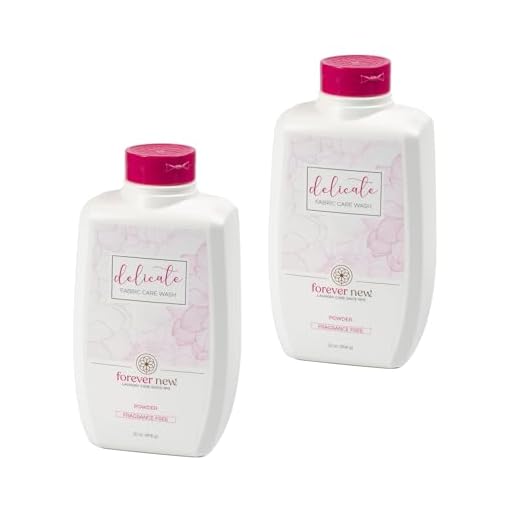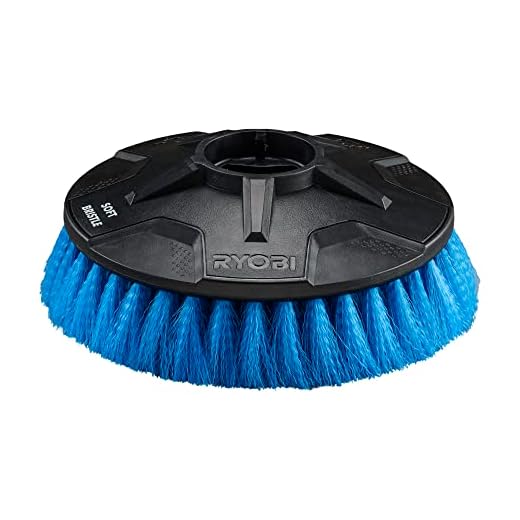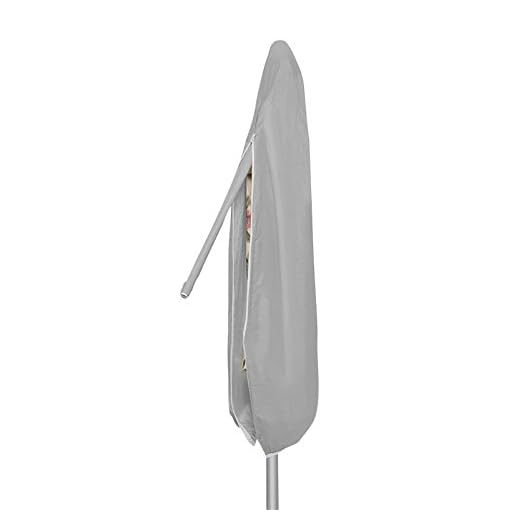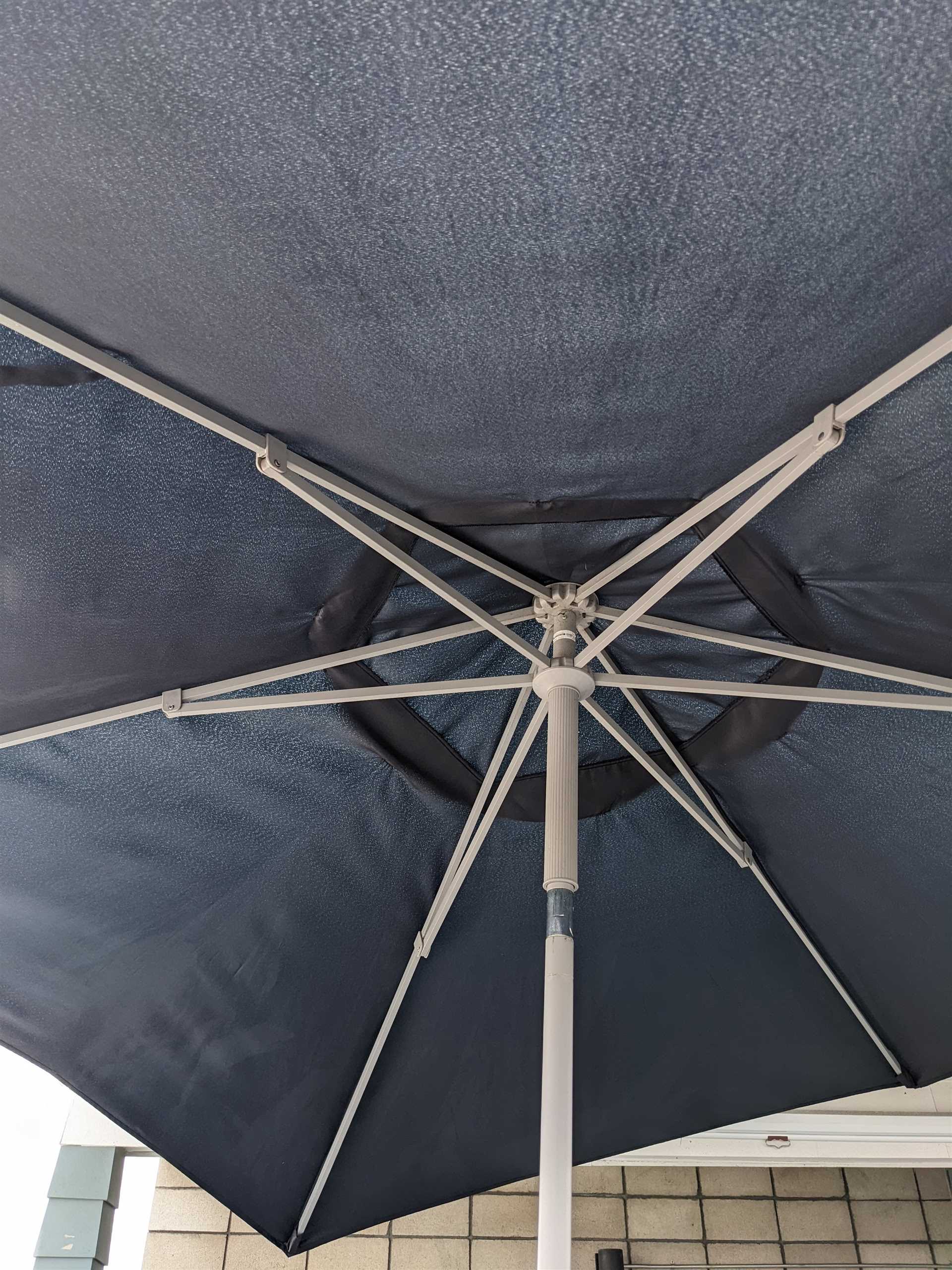




For a spotless fabric canopy, begin with a gentle brush to remove loose dirt and debris. Follow this by mixing a solution of mild soap and water in a spray bottle. Spray the solution generously over the surface, allowing it to sit for a few minutes. Then, using a soft brush or cloth, scrub the fabric gently in circular motions.
This guide offers practical steps and tips for maintaining the cleanliness of your outdoor shade, ensuring it remains in top condition for years. You’ll find specific cleaning products and techniques that enhance the longevity of your fabric without causing damage.
Whether you’re a homeowner looking to preserve your outdoor space or a professional maintaining commercial equipment, this article provides valuable insights. It covers everything from routine maintenance to tackling stubborn stains effectively.
Cleaning a Fabric Canopy
Begin the process by removing any loose debris such as dirt, leaves, or small particles. A soft brush or a handheld vacuum can be effective for this task. This step will prevent scratching the surface during the wet cleaning phase.
Next, prepare a solution of mild soap and warm water. Use a sponge or soft cloth to gently scrub the fabric with the soapy mixture. It’s crucial to avoid harsh chemicals or bleach, as they may damage the material. Focus on stained areas and allow the soap to penetrate for several minutes before rinsing.
Rinsing and Drying
After scrubbing, rinse the fabric thoroughly with clean water to remove all soap residues. It’s advisable to use a hose for this step, as it provides a more efficient rinse. Ensure that no soap remains, as it can lead to discoloration.
Once rinsed, allow the canopy to air dry completely. Avoid folding or storing it while still damp, as this can promote mold and mildew growth. If possible, set it up in a well-ventilated area or hang it to dry.
- Remove loose debris.
- Prepare a soapy solution.
- Gently scrub the fabric.
- Rinse thoroughly with clean water.
- Allow it to air dry completely.
Regular maintenance will extend the lifespan of your outdoor cover. Consider cleaning it at least twice a year, or more frequently if exposed to harsh weather conditions. This routine will help keep it looking fresh and in good condition for future use.
Assessing the Condition of Your Umbrella
Examine your outdoor shade structure thoroughly for any signs of wear or damage. Check for fading, stains, or tears that may have accumulated over time due to exposure to the elements. A detailed inspection will help determine the necessary steps for restoration.
Look closely at the frame and joints to ensure everything is intact. Rust or corrosion can compromise structural integrity, while loose parts may hinder proper function. Identifying these issues early can prevent further deterioration.
Signs of Damage
- Fading: Colors may appear dull due to sun exposure.
- Stains: Look for discolorations from mildew, dirt, or spills.
- Tears: Inspect for any rips or holes in the fabric.
- Frame Issues: Check for rust or loose joints.
Assessing the condition accurately is crucial for effective maintenance. Regular checks can prolong the lifespan and enhance the appearance of your shade device.
Gathering Essential Cleaning Supplies
To maintain the appearance and longevity of outdoor canopies, it is necessary to assemble the right tools and materials beforehand. Begin with a few basic items that will significantly aid in the process.
First, a soft-bristled brush is invaluable for removing loose dirt and debris from the fabric surface. Pair it with a mild detergent suitable for outdoor fabrics, as harsh chemicals may cause damage. Additionally, a bucket filled with water will be necessary for mixing your cleaning solution.
Recommended Supplies
- Soft-bristled brush: Ideal for loose debris removal.
- Mild detergent: Opt for a fabric-safe cleaner.
- Bucket: Required for mixing cleaning solutions.
- Garden hose: Useful for rinsing the fabric thoroughly.
- Microfiber cloth: Effective for spot cleaning and drying.
Having these items ready will streamline the cleaning process and ensure that your outdoor shade remains in good condition for years to come.
Preparing the Canvas for Cleaning
Thorough preparation is key for maintaining outdoor fabric structures. Begin by removing any loose debris, such as leaves or dirt, using a soft brush or a vacuum cleaner with a brush attachment. This initial step helps prevent scratches and ensures that the cleaning process is more effective.
Next, inspect the material for any signs of damage. Check for frayed edges, tears, or discoloration. Addressing any issues prior to washing will help you avoid further damage during the cleaning process.
Steps to Prepare the Fabric
- Remove Accessories: Detach any components, such as ties or clips, to ensure a thorough cleaning.
- Check Care Instructions: Always refer to the manufacturer’s guidelines for specific cleaning recommendations that suit the fabric type.
- Spot Test: Before applying any cleaning solution, test it on a small, inconspicuous area to ensure it doesn’t cause discoloration or damage.
- Gather Supplies: Collect all necessary cleaning materials, including mild soap, soft brushes, and a hose for rinsing.
Taking these preparatory steps will optimize the cleaning process and help maintain the integrity of the fabric, ensuring it remains in good condition for future use.
Step-by-Step Washing Technique
Preparing for the washing process is essential. Gather the necessary materials, including a soft brush, mild detergent, a bucket, and a hose. Choose a shaded outdoor area to avoid direct sunlight during cleaning, which can lead to fading.
Begin by removing any loose debris, such as leaves or dirt, using the soft brush. This step ensures that the surface is ready for a deeper clean. Next, fill a bucket with warm water and add a small amount of mild detergent.
Washing Process
Follow these steps for effective washing:
- Using a sponge or cloth, dip it into the soapy water and gently scrub the fabric in circular motions. Focus on stained areas and avoid applying excessive pressure to prevent damage.
- Rinse the fabric thoroughly with a hose to remove all soap residue. Ensure that no detergent is left behind, as it can attract dirt over time.
- If stubborn stains persist, create a paste with baking soda and water. Apply this mixture directly to the stain, let it sit for 15 minutes, and then scrub gently before rinsing again.
- Allow the material to air dry completely in a shaded area. Avoid folding or storing while damp, as this can lead to mold or mildew.
Regular maintenance is key to prolonging the life of the fabric. Periodically brush off debris and perform a light wash as needed. Following this method ensures that the material remains in good condition for years to come.
Drying and Maintaining the Fabric
After washing, removing moisture from the material is essential. Hang the fabric in a well-ventilated area, avoiding direct sunlight to prevent fading. Ensure it is completely dry before storing to avoid mold and mildew growth.
Regular maintenance helps prolong the life of the fabric. Inspect for any signs of wear or damage, and address these issues promptly to avoid further deterioration. Clean any debris or dirt accumulation to keep the surface looking fresh.
Storage Techniques
When not in use, store the fabric in a cool, dry place. Consider using a breathable storage bag to protect it from dust and pests.
- Ensure the fabric is clean and dry before storage.
- Use a protective cover if storing outdoors.
- Avoid folding the fabric in the same spot repeatedly to prevent creasing.
By following these steps, the longevity and appearance of the fabric can be effectively maintained.
Preventing Future Stains and Damage
Regular maintenance is key to preserving the appearance and functionality of your outdoor shade structure. To minimize the risk of stains and deterioration, consider implementing a few proactive measures.
A protective treatment can enhance resilience against dirt and moisture. Look for sprays specifically designed for fabric protection, ensuring they are compatible with your material.
- Storage: When not in use, store your structure in a cool, dry place to avoid exposure to elements.
- Regular Inspections: Check for signs of wear, and address any damage promptly to prevent further deterioration.
- Proper Setup: Ensure it is securely anchored to withstand wind and rain, preventing unnecessary stress on the fabric.
- Routine Cleaning: Lightly brush off debris and rinse with water regularly to prevent buildup that can lead to stains.
By taking these steps, you can significantly extend the life of your outdoor shade structure and maintain its aesthetic appeal.
Best way to clean canvas umbrella
Features
| Part Number | GRN_SCSKIT_01 |
| Model | GRN_SCSKIT_01 |
| Size | 12.33 Fl Oz (Pack of 3) |
Features
| Part Number | POWDER |
| Model | 10031 |
| Is Adult Product | |
| Size | 64 Ounce (Pack of 1) |
| Energy Efficiency Class | High Efficiency |
Features
| Part Number | RAKSCRUBS |
| Model | RAKSCRUBS |
| Color | Bruise |
Features
| Part Number | 1174 |
| Model | 1174 |
| Warranty | 3 YEAR PRORATED |
| Color | Gray |
| Release Date | 2006-05-15T00:00:01Z |
| Size | 8.5-11 ft |
Video:
FAQ:
What materials do I need to clean my canvas umbrella effectively?
To clean a canvas umbrella, you’ll need a few basic materials: mild detergent or soap, warm water, a soft scrub brush or sponge, and a hose for rinsing. If you want to add some extra cleaning power, you can use a solution of vinegar and water to tackle any stubborn stains. Make sure to avoid harsh chemicals, as they can damage the fabric of the umbrella.
How can I prevent my canvas umbrella from getting dirty in the future?
To keep your canvas umbrella clean for longer periods, consider a few preventative measures. First, store the umbrella in a dry place when not in use, ideally covering it with a protective cover. Regularly brushing off any dirt, leaves, or debris can also help. Additionally, you might want to treat the fabric with a water and stain repellent spray designed for outdoor fabrics. This will create a barrier against dirt and moisture, making it easier to clean in the future.







